The environmental industry is filled with acronyms relevant to a broad range of environmental topics. These areas can impact clients across sectors and industries, which is why we’ve broken them down in alphabetical order for quick reference.
Here’s our acronym cheat sheet:
ACGIH: American Conference of Governmental Industrial Hygienists
ACM Asbestos: Containing Material
AHERA: Asbestos Hazard Emergency Response Act of 1986
AHU: Air Handling Unit
AIHA: American Industrial Hygiene Association Analyst
AMS: Air Monitoring Services
API: American Petroleum Institute
APR: Air purifying respirator
ASHRAE: American Society of Heating, Refrigerating, and Air-Conditioning Engineers
AST: Aboveground Storage Tank
ASTM: American Society for Testing and Materials
BOD: Biological Oxygen Demand
BRI: Building-Related Illness
BSM: Bulk Services Group
BTEX: Benzene, Toluene, Ethylbenzene and Xylenes
C: Ceiling
CFM: Cubic feet per minute
CFR: Code of Federal Regulations
CO: Carbon monoxide
CO2: Carbon Dioxide
COD: Chemical Oxygen Demand
CPAHs: Carcinogenic Polynuclear Aromatic Hydrocarbons
DO: Dissolved Oxygen
DPE: Dual Phase Extraction
ELISA: Enzyme-Linked Immunosorbent Assay
ELTF: Excess Liability Trust Fund
EPA: Environmental Protection Agency
ETS: Environmental tobacco smoke
FID: Flame-Ionization Detector
FID: Facility Identification Number
HEPA: High Efficiency Particulate Air Filter
HSE/NPL: Health and Safety Executive/National Physical Testing Laboratory in Teddington, UK
HVAC: Heating, ventilation, and air-conditioning system
IAQ: Indoor Air Quality
IDCL: Industrial Default Closure Level
IDEM: Indiana Department of Environmental Management
INDOT: Indiana Department of Transportation
IOSHA: Indiana Occupational Safety & Health Administration
DLH: Immediately dangerous to life and health
IH: Industrial Hygiene
IPM: Integrated pest management
ISO: International Organization for Standardization
LDAR: Leak Detection and Repair
LUST: Leaking Underground Storage Tank
MCE: Mixed Cellulose Ester Membrane
MCS: Multiple Chemical Sensitivity
MNA: Monitored Natural Attenuation
MQR: Monthly Quality Report
MSDS: Material Safety Data Sheet
MSHA: Mine Safety and Health Administration
MTBE: Methyl Tertiary-Butyl Ether
MVOC: Microbial Volatile Organic Compound
NIOSH: National Institute of Occupational Safety & Health
NOAA: National Oceanic and Atmospheric Administration
NRCS: Natural Resources Conservation Service
NTIS: National Technical Information Service
OA: Outdoor air
ORP: Oxidation Reduction Potential
OSHA: Occupational Safety & Health Administration
OSM: Office of Surface Mining Reclamation and Enforcement
PAHs: Polynuclear Aromatic Hydrocarbons
PAPR: Powered air purifying respirator
PAT: Proficiency Analytical Testing
PCM: Phase Contrast Microscopy
PEL: Permissible Exposure Level
PID: Photo-ionization Detector
PLM: Polarized Light Microscopy
PM: Preventive Maintenance
PPB: Parts per billion
PPE: Personal Protective Equipment
PPM: Parts per million
QA/QC: Quality Assurance/Quality Control
QCC: Quality Control Coordinator
RDCL: Residential Default Closure Level
RELs: Recommended Exposure Limits
RISC: Risk Integrated System of Closure
SAL: Stop Action Limit
SBS: Sick Building Syndrome
SC: Specific Conductivity
SEM: Scanning Electron Microscopy
STEL: Short term exposure limit
SVE: Soil Vapor Extraction
SVOCs: Semi-Volatile Organic Compounds
TEM: Transmission Electron Microscopy
TLVs: Threshold Limit Values
TPH-DRO: Total Petroleum Hydrocarbons as Diesel-Range Organics
TPH-ERO: Total Petroleum Hydrocarbons as Extended-Range Organics
TPH-GRO: Total Petroleum Hydrocarbons as Gasoline-Range Organics
TVOCs: Total volatile organic compounds
TWA: Time-Weighted Average
UST: Underground Storage Tank
VAV: Variable air volume system
VOCs: Volatile Organic Compounds
VRP: Voluntary Remediation Program
WHO: Word Health Organization

